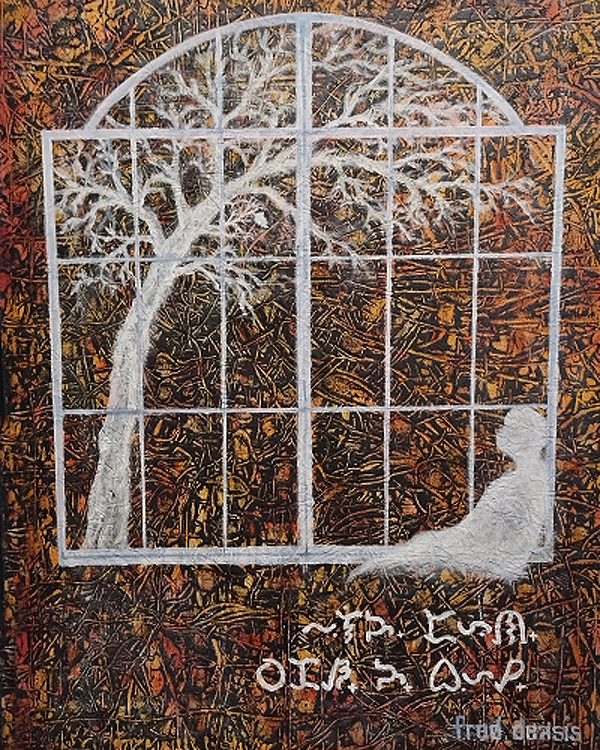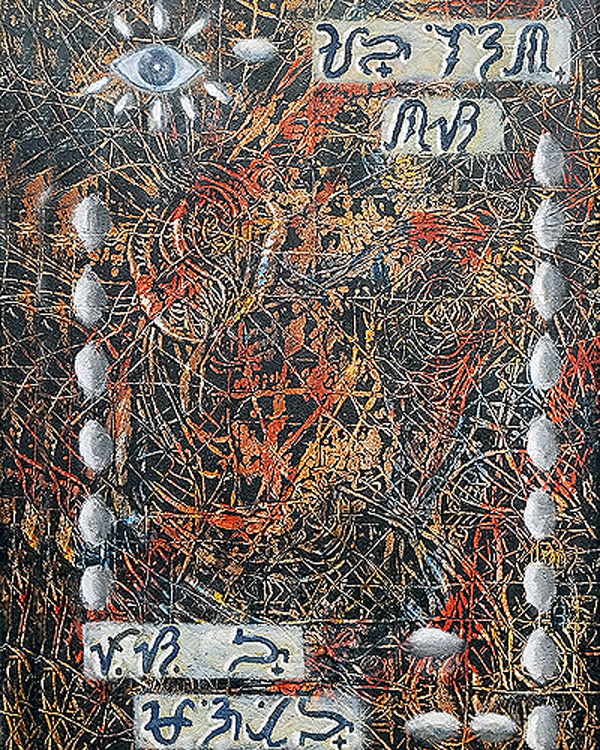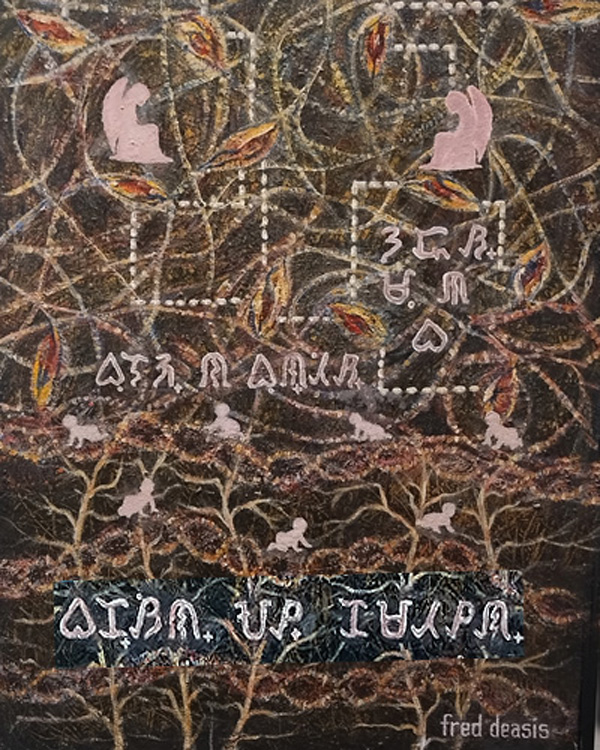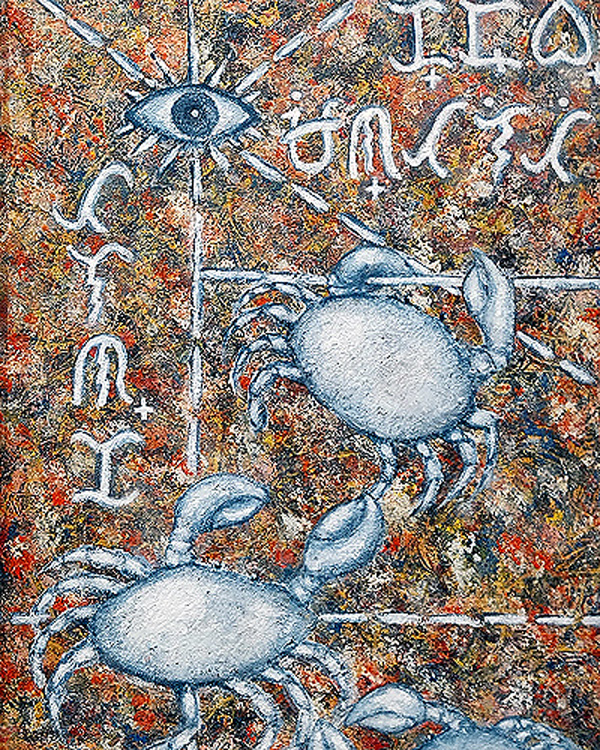Kutbayin Art Movement: Reviving Lost Philippine Heritage
The Visionary Fusion of Ancient Philippine Art Forms
The Kutbayin Art Movement is a groundbreaking artistic genre pioneered by renowned Filipino American artist Fred DeAsis, PhD. It masterfully fuses two nearly lost cultural traditions—Kutkut, an intricate pre-colonial art form, and Baybayin, the ancient indigenous script of the Philippines—into a visually stunning and historically rich contemporary art style.

Kutkut and Baybayin: The Lost Arts Reborn
Kutkut was a unique indigenous painting technique that involved intricate sgraffito, layering, and geometric compositions reminiscent of Southeast Asian and Polynesian influences. Meanwhile, Baybayin was the sacred script used by pre-colonial Filipinos for communication and cultural identity.
Through meticulous research and artistic innovation, DeAsis has merged these lost traditions into Kutbayin, a genre that not only revives but reimagines Philippine heritage for modern audiences.

A Monumental Artistic Legacy
For decades, DeAsis has championed the Kutbayin movement through international exhibitions, live demonstrations, and educational programs. His work has been displayed in prestigious museums and galleries, earning widespread acclaim from art critics and cultural historians. As an educator, philanthropist, and cultural preservationist, he continues to inspire and mentor new generations of artists.

Challenges and Triumphs
Reviving lost art forms posed significant challenges, from historical erasure due to colonization to limited documentation of traditional techniques. However, DeAsis’s dedication, extensive research, and artistic ingenuity have successfully carved out a unique space for Kutbayin in the global art scene.

The Future of Kutbayin
With growing interest in indigenous art and cultural preservation, Kutbayin continues to gain recognition worldwide. Its intricate beauty and historical depth ensure its lasting impact, inspiring artists and scholars to explore and celebrate the rich artistic traditions of the Philippines.